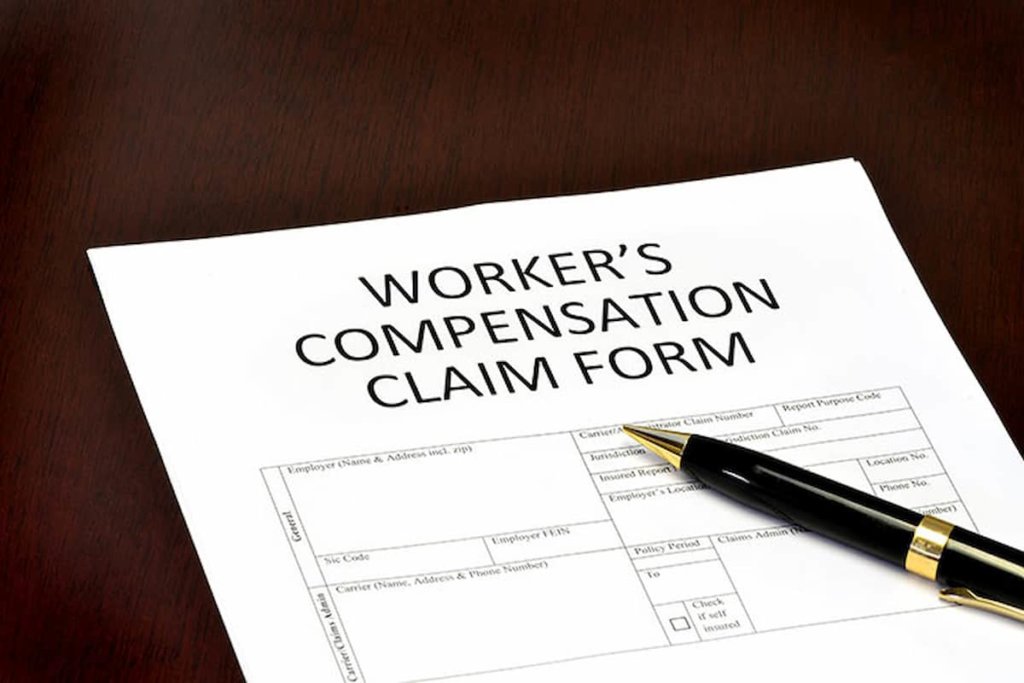Physical Injuries vs. Invisible Conditions in the Workplace
Physical injuries can seem cut-and-dry for employees in California. If you slip on a wet floor in the office and get a concussion and fractured arm, it may be a simple matter to get workers’ compensation for these injuries. However, work-related injuries and illnesses that are not easily seen by others and frequently missed or misdiagnosed by doctors can be more challenging.
For example, you could experience numerous adverse effects long after your physical injuries have healed, explains Everyday Health. Brain injuries can take months to fully recover. You might have difficulty concentrating, memory problems, and fatigue related to your concussion, but your employer might not believe you are experiencing these challenges because you “look fine.”
Also, you might have developed post-traumatic stress disorder (PTSD) or anxiety following the incident if the floors at your workplace are frequently wet or other situations constantly remind you of your accident. These problems and other conditions related to workplace accidents may be challenging and frustrating if you are trying to get workers’ compensation, but nobody believes you.
You might even have difficulty getting your doctor to take you seriously. Some physicians are less aware of the significance and impact of invisible illnesses, while others might diagnose you with the wrong disorder, possibly affecting your workers’ compensation claim.
Invisible conditions, whether they stem from a physical or psychological cause, come with a unique set of challenges. However, you should be entitled to workers’ compensation for a work-related condition that is making it hard to work and impacting your life. Since this is a complex topic, the information presented here should not replace the advice of a lawyer.
What Are Invisible Injuries and Illnesses in the Workplace?
Invisible injuries refer to conditions that lack visible signs but significantly impair your ability to work. These can include:
- Neurological Conditions: Concussions, traumatic brain injuries (TBI), post-concussive syndrome (ICD-10 S06.0X0A).
- Chronic Pain Syndromes: Complex regional pain syndrome (CRPS), fibromyalgia, myofascial pain syndrome.
- Psychological Injuries: PTSD (ICD-10 F43.10), anxiety disorders (ICD-10 F41.1), depression (ICD-10 F32.9), adjustment disorders.
- Sensory and Cognitive Impairments: Visual processing disorders, auditory processing disorders, memory deficits.
- Occupational Diseases: Exposure-related conditions, such as chemical sensitivity, respiratory issues that develop over time.
These conditions may not leave physical scars, but they can drastically impact daily function and the ability to earn a living.
California Labor Code: Legal Protections for Invisible Injuries
Under California Labor Code Sections 3200–6000, workers are entitled to compensation for any injury or illness arising out of employment, including invisible injuries. Here’s what the law provides:
- Medical Treatment: Covered medical care for your condition.
- Temporary Disability Benefits: For lost wages due to work restrictions.
- Permanent Disability Ratings: Based on the American Medical Association (AMA) Guides to the Evaluation of Permanent Impairment.
- Supplemental Job Displacement Benefits: Retraining for new employment.
- Maximum Medical Improvement (MMI): The point where your condition is stable and unlikely to improve.
Employer Responsibilities Under Cal/OSHA
Employers have a legal duty of care under Cal/OSHA regulations to:
- Maintain a safe workplace.
- Conduct regular safety audits.
- Address known hazards (e.g., slippery floors).
- Provide safety training.
Failure to fulfill these duties can increase liability in workers’ compensation claims.
The Challenge of Proving Invisible Injuries
Invisible injuries often lack “objective medical evidence” such as X-rays or MRIs. To strengthen your claim:
- Obtain Qualified Medical Evaluator (QME) reports.
- Undergo Functional Capacity Evaluations (FCEs).
- Keep detailed symptom journals and incident logs.
- Gather coworker testimonies.
- Document delayed-onset conditions (e.g., PTSD developing months after a traumatic event).
The Appeals Process in California Workers’ Compensation
If your claim is denied, you can:
- File an Application for Adjudication of Claim with the Workers’ Compensation Appeals Board (WCAB).
- Request a Qualified Medical Examination.
- Attend conferences and hearings.
- Present evidence, including medical reports, witness statements, and legal briefs.
- Appeal to a higher court if necessary.
Understanding the appeals process is crucial, as it can impact your ability to receive benefits.
Third-Party Claims and Cross-Claims
In some cases, a third party (e.g., a contractor, manufacturer, or property owner) may be responsible for your injury. This could open a third-party claim in addition to your workers’ compensation claim, allowing for additional damages such as pain and suffering.
Prevention and Workplace Safety
Employers should:
- Implement risk assessments for psychological hazards.
- Provide mental health support.
- Offer return-to-work programs for injured workers.
- Educate staff on invisible injuries and mental health first aid.
How Hussain & Gutierrez Law Can Help
At Hussain & Gutierrez Law, we:
- Navigate complex legal processes.
- Ensure your rights under the California Labor Code are protected.
- Help you obtain appropriate medical evaluations and QME reports.
- Advocate for fair compensation for invisible injuries.
- Assist with appeals, hearings, and litigation when necessary.
Contact us today for a free case evaluation. Let us help you turn invisible injuries into visible claims.
Frequently Asked Questions (FAQs)
Can I get workers’ compensation for PTSD or anxiety from a workplace accident?
Yes. California law recognizes psychological injuries as compensable if they arise out of employment and meet the DSM-5 diagnostic criteria.
What medical documentation do I need for an invisible injury claim?
You’ll need: A DSM-5 or ICD-10 diagnosis, Neuropsychological assessments, Functional capacity evaluations, QME or IME reports.
How do I prove my invisible condition was caused by my job?
File an incident report immediately, Document symptoms and triggers, obtain coworker statements, and maintain medical records linking your condition to the workplace.
What if my workers’ compensation claim is denied?
You can: File an appeal with the WCAB, Obtain a QME report, Seek legal representation, Pursue additional remedies through civil courts, if applicable.
What is Maximum Medical Improvement (MMI)?
MMI is the point at which your condition is stable and unlikely to improve further. It determines your permanent disability rating and future benefits.
Get Help Today: Hussain & Gutierrez Law is Here for You
Invisible injuries deserve to be seen, heard, and compensated. Let Hussain & Gutierrez Law guide you through the complexities of the workers’ compensation system.
Schedule a free consultation now at Hussain & Gutierrez Law to protect your rights and secure your future.



